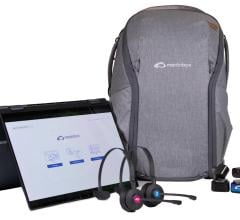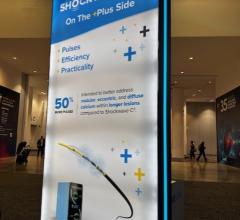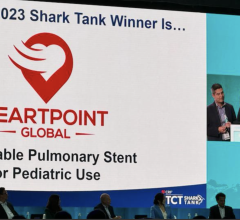
The optimal delivery of cardiac care is evolving rapidly. A growing number of patients combined with innovative new procedures is driving the integration of areas that have traditionally been separate departments. New procedures, new workflows, and increased collaboration across traditionally siloed areas are increasing the need for better cardiology data management tools.
On a daily, weekly and annual basis, cardiology departments deal with enormous amounts of data. Managing that data has become extremely complicated and time-consuming – to the point of being overwhelming.
As the complexity of cardiovascular procedural data expands, cardiology departments are seeking a technology solution that can them use that critical data to make critical decisions.
Innovation is helping cardiology teams achieve both data management and care delivery goals, such as:
- Streamlining the tracking and retrieval of cardiac care data
- Reducing the time from diagnosis to treatment
- Using the data to provide actionable insights
- Putting the data to work to improve health at a better value for the patient
Recently named in the top 50 best cardiology and heart surgery hospitals in 2022 in the US by U.S. News, Hackensack University Medical Center is driving towards these goals. During TCT 2022 in Boston, we had the pleasure of speaking with Michael Lim, MD, chief interventional cardiologist, from Hackensack for a coffee break and hear his his insights about the technology that is integral to their success.
Real-time Access to Data
Impactful evidence-based decisions require fast, easy access to the data. “Managing and accessing the data should be based upon how we take care of patients. Most importantly, I need to be able to access data in real time, every time, all the time. No matter where I am - at home, traveling, in my office, in the hospital,” explained Dr. Lim.
Integrating Data from Multiple Times and Places
Every cardiovascular department depends on data from a complex mix of devices, systems, and tools. Patients see a variety of providers for different tests and procedures, generating volumes of data that need to be tracked and managed. Using that data to create a comprehensive picture of each patient’s care needs is the foundation of evidence-based medicine.
As Dr. Lim shared, “That integration is key because there's more and more that's being associated with patients. The CT scan, combining with ultrasound data, and/or stress test data and coronary angiogram, IVUS, OCT, hemodynamic data -- all the things you need to then follow through.”
Making the Data Work for the Patient
Streamlining both the input and retrieval of data allows the care team to spend less time on documentation and more with their patients. Technology can make it easier for clinicians to complete their reports quickly and accurately. For example, GE Healthcare’s Centricity Cardio Enterprise uses the actual information entered by the technologists and nursing staff during the case to create a report that can be nearly complete – before physician even leaves the bedside.
The data must also be easily accessible to create insights and drive action. “Data needs to flow more seamlessly from the procedure to the medical record so everybody understands what the procedure showed and how best to take care of that patient,” Dr. Lim explained.
An electronic backbone
Cardiovascular disease is complex, and cardiac patients generate enormous volumes of data that must be managed. Cardiology teams have an increasing need for technology tools that make it easier to document and retrieve that valuable data. The date, time, and place of service delivery shouldn’t matter – the data should be easy to capture and then accessible to all care providers.
GE Healthcare’s Centricity Cardio Enterprise is an electronic backbone that streamlines data entry and provides quick, easy access to the data that care providers need. It bridges the gaps between cardiology service lines and healthcare information systems. Interactive analytics dashboards deliver the ability to drill down to help improve clinical, operational and financial outcomes. Learn more about how this technology is helping cardiology teams conquer their data overwhelm.
Interested in more cardiology insights and innovations? You can get caught up on all of the Cardiology Coffee Breaks here. In fifteen minutes or less, we tackle complex issues, discuss solutions, and share best practices.
Related content:
WEBINAR: How Northwell Health System is Getting Ahead with an Enterprise CVIT Solution



 May 05, 2025
May 05, 2025 









